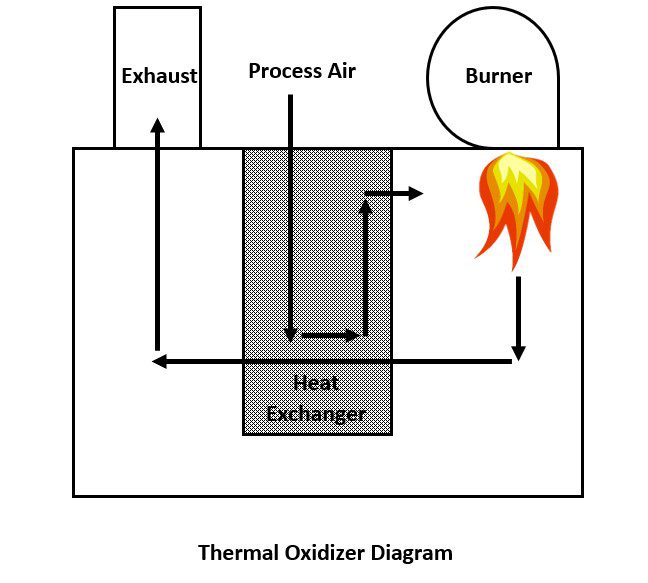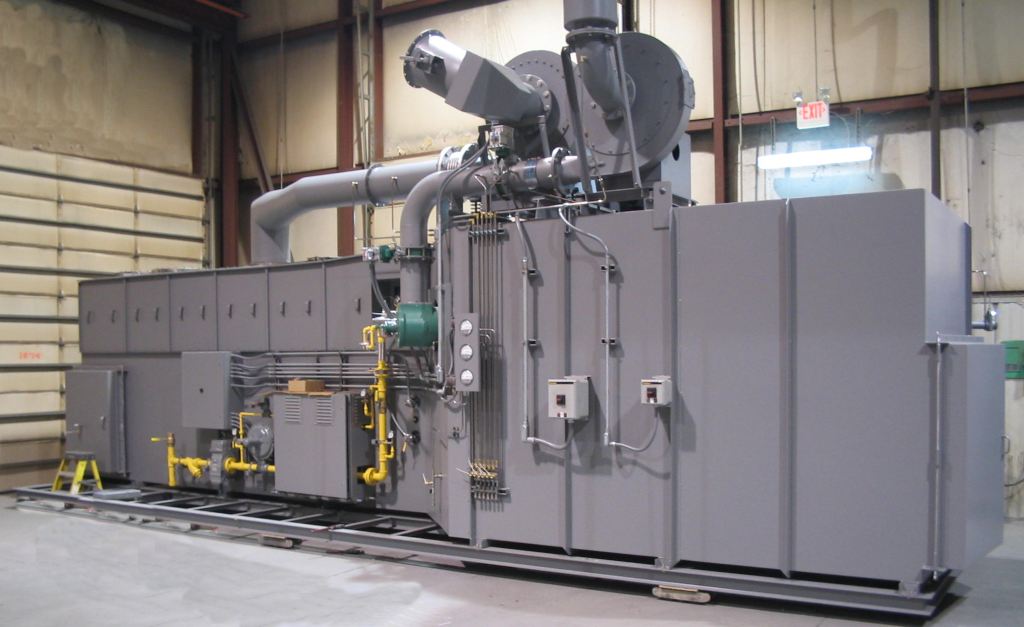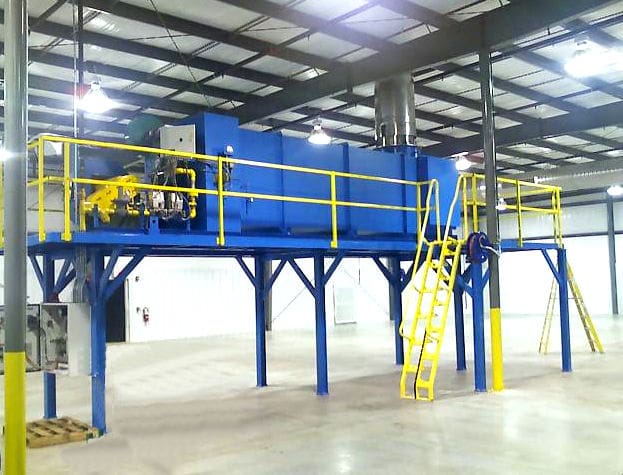
Harmful pollutants are generated during manufacturing, called VOCs or volatile organic compounds. To destroy VOCs before they are dispersed into the atmosphere, plants implement emission control systems. Thermal & Catalytic Oxidizers are some of the most common systems.
Pollution control systems should be selected based on your application, energy efficiency and the value it will bring to the plant.
If your plant generates harmful pollutants during manufacturing, called VOCs or volatile organic compounds, you may consider implementing an emissions control system. Thermal & catalytic oxidizers are the most common systems used to destroy VOCs that are being dispersed into the atmosphere.
Your pollution control system should be selected on the effectiveness in your application, energy efficiency and the value it will bring to your plant.
Thermal oxidizers are typically used in industries such as asphalt, fiberglass, chemical processes, bakeries, adhesives and sealants, metal finishing, and pharmaceuticals. When designing a Thermal Oxidizer, it is important to consider the temperature and the residence time of the polluted air stream. Recuperative Thermal Oxidizers work by pushing the VOC laden process air through a heat exchanger. After the process air is preheated, it enters the combustion zone. In the combustion zone the VOCs are exposed to high temperatures for a predetermined period of time; the constituents in the air stream are converted to carbon dioxide and water vapor via an exothermic reaction.

Catalytic oxidizers are used in applications such as printing, food/ baking and others. These systems employ a metal catalyst monolith to destroy VOCs via chemical reaction. Catalytic Oxidizers accomplish oxidation at much lower temperatures than Thermal Oxidizers, which can result in a fuel savings of 40-60%. However, certain materials may coat the catalyst or react with the components contained in the catalyst, so Catalytic Oxidizers are not suitable for as many manufacturing processes as Thermal Oxidizers.

If you are not sure which oxidizer to implement at your plant, Stelter & Brinck can assist in choosing the system that would be best for your application. Stelter & Brinck has been designing and manufacturing custom pollution control technologies for over 65 years. We test and/or tune all equipment in-house before shipping to the end user and can provide on-going maintenance for your environmental system.
Today, we have oxidizers installed in numerous industries world-wide. Here is what a couple of our environmental system users have to say:
“Since installation, S&B’s oxidizer has continually destroyed 99.9% of our VOC emissions. In fact, with the help of S&B’s thermal oxidizer, we won an Environmental Leadership award due to our reduction of harmful emissions!†– Engineering Manager, An Automotive Parts Manufacturer
“I give S&B’s service reports to the local pollution abatement committee as proof that we are within regulations!†– Maintenance Supervisor, A Hard Drive Manufacturer
“Stelter & Brinck’s oxidizer has kept us within code and has eliminated the possibility of any emissions fines!†– – Maintenance Engineer, A Fuel Delivery System Manufacturer
Below are some images of Stelter & Brinck units:


